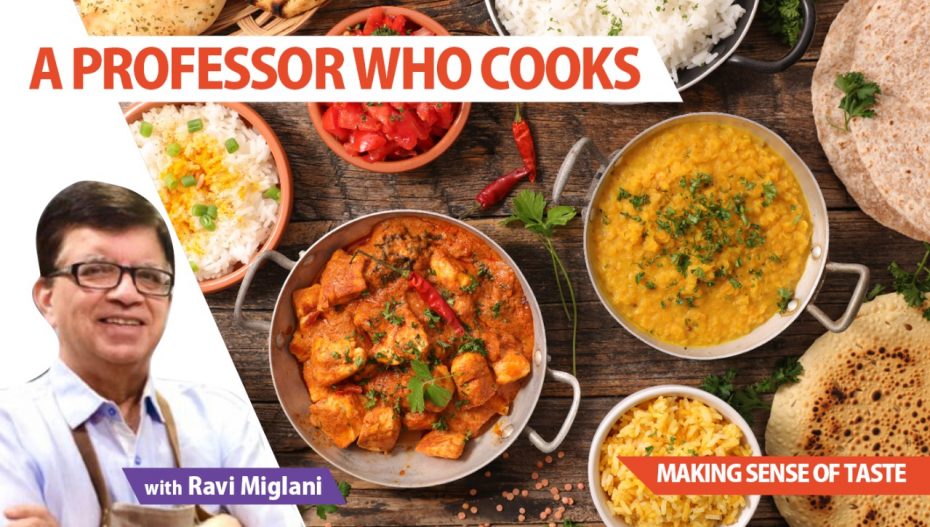While we think we just engage the sense of taste when eating, we often engage all five senses. We eat with our brains. This concept has a fancy name: Multisensory Perception of Flavour.
What happens on the tastebuds is only a small part of this multisensory experience we call taste. We feed the mind and not just the mouth. Cognitive neuroscientists believe the brain combines the signals from all the senses, to create a crossmodal perception of the taste of food.
Let’s look at some of the five senses that complement our sense of taste.
Sight
It is a cliché to say that we eat with our eyes. We really do. Studies show that when two identical cups of ice cream have different colours, the pink ice cream is perceived as tasting sweeter, while an identical tasting green ice cream is perceived as more sour.
We do not consciously analyse the sensations on our tastebuds. We use heuristics – shortcuts in our intuitive brain (often called System 1 brain). With cultural conditioning, we have come to expect pink foods to be sweet and green foods to be sour. We taste what we think we taste. We often don’t engage the rational brain (often called the System two brain) when making such snap judgments. So, the same ice cream tastes sweeter when pink than when green.
When we eat a dessert from a round plate, it tastes sweeter than the same dessert served on a square plate. The heuristic: roundness is associated with sweet and angularity triggers feelings of sharpness. Food on white plates tastes sweeter than food on black plates. Try these at home. Serve the same dessert to your family one day on round plates and another day on angular plates; then on a white plate and on a black plate; see the reactions.
Sound
The sounds around food affect our perception of the taste. Studies show that potato chips served in ‘noisy’ foil packs are perceived as crunchier and tastier than the same chips served in a ‘quiet’ polyethylene pack.
The sizzle of frying and clatter of utensils from an open kitchen make customers at restaurants rate the food as tastier than the same food served from a closed kitchen where customers can’t hear the cooking.
At a beach resort, the sounds of waves impact the perceived taste of food. That is why, when we come back from a holiday, even if we follow the exact same recipe, the food doesn’t taste as good as it did at the resort. The sounds on the beach had more to do with the taste of food than the food itself.
Coffee tastes different when consumed in a café with the buzz of conversations and the sound of grinding coffee. That same coffee tastes flat as a takeaway. The coffee is not flat; your ears are not receiving the auditory signals you associate with good coffee.
Touch
Food tastes better when eaten with hand, not cutlery. The touch of food on the skin, the texture, the warmth sends positive signals to the brain even before the food touches the mouth.
In a study, the same food, in the same restaurant, was served with heavy cutlery to some customers and lightweight cutlery to others. Those who eat with heavy cutlery rate the food better on taste and quality. The food is the same. The heft of the weighty cutlery tells our brain to expect premium food, even before we taste the food.
I have just scratched the surface; just to nudge you to start noticing the many factors impacting our perception of food. Taste is only one small factor.
This Professor Cooks. And talks about food ideas, food science, food culture, food hacks, and food history. Watch this space for some food and a lot more food for thought.
Ravi Miglani is a home cook and consumer insights professional. Following a corporate career spanning eight countries and three decades, he is now a professor at Ahmedabad University (when he isn’t cooking).










